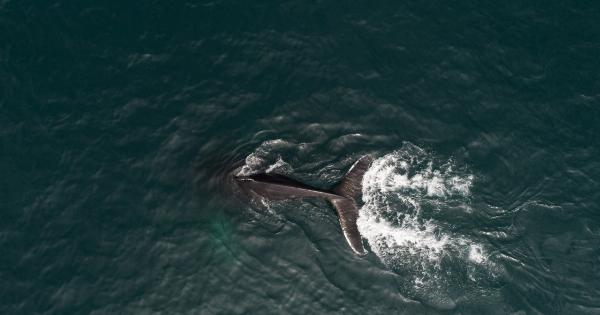The relationship between wolves and dogs is a fascinating one. For centuries, humans have shared an intricate bond with canines, treasuring them as beloved pets, loyal companions, and even working partners.
But have you ever wondered where domestic dogs originated from? Well, a recent study suggests that ancient wolves played a significant role in giving rise to two distinct populations of dogs.
The Genetic Link
Researchers have long debated the origins of dogs and the process by which they diverged from their wild wolf ancestors.
To delve into this mystery, a team of scientists conducted a comprehensive genetic analysis on ancient dog DNA samples collected across Europe, Asia, and the Americas.
By comparing the genetic signatures of these ancient dogs with those of modern wolves and canines, researchers were able to trace back their lineage and uncover crucial information about their evolutionary history.
Two Separate Paths
According to the findings, ancient wolves originated in different regions of the world and evolved independently to form two distinct dog populations.
The first group was derived from European wolves, while the second group had its roots in Asian wolves.
Interestingly, the study revealed that the evolutionary paths of these two dog populations were unique. The European dogs are believed to have descended from ancestral wolves around 20,000 to 40,000 years ago.
These early dogs likely formed an alliance with humans for hunting and protection, eventually leading to their domestication.
In contrast, the Asian dogs took a separate route. These dogs likely diverged from Asian wolves much earlier, around 40,000 to 60,000 years ago.
Their domestication process might have been influenced by their close proximity to humans, who relied on them for various tasks such as herding, guarding, and companionship.
Ancient Dog Breeds
The genetic analysis not only shed light on the origins of modern dogs but also revealed fascinating insights into ancient dog breeds that are no longer in existence today.
By examining the DNA of these extinct breeds, researchers could map out a more comprehensive picture of the canine family tree.
One such example is the Taymyr dog, an extinct canine that once roamed the Arctic regions of Siberia.
Through genetic analysis, scientists discovered that the Taymyr dog belonged to the same lineage as the Native American dogs, suggesting a connection between the Arctic and American dog populations.
Surviving Ancient Traits
While the journey from ancient wolves to modern dogs involved extensive genetic changes, some remarkable features of the ancestral canines have managed to survive through generations.
By analyzing the DNA of both ancient and modern dogs, researchers identified specific genetic variations that were present in both populations.
One such ancient trait is the ability of dogs to digest starchy foods. It appears that this adaptation was developed early in the domestication process, enabling dogs to thrive on human leftovers and scraps.
The Influence of Humans
The domestication of dogs was a mutual process influenced by both canines and humans.
As dogs began to exhibit beneficial traits such as friendliness and obedience, humans selectively bred them to enhance these qualities, resulting in various breeds with distinct physical and behavioral characteristics.
Furthermore, these findings suggest that the ancient wolves themselves possessed certain genetic predispositions that made them more amenable to domestication.
It is highly likely that wolves with less aggressive tendencies and a greater tolerance for human presence were more likely to form bonds with early humans, leading to their eventual domestication.
The Importance of Understanding Origins
Studying the origins and evolution of dogs is not just fascinating from a historical perspective but also crucial for understanding the genetic diversity of modern dog populations.
By unraveling the complex ancestral connections, scientists hope to gain insights into the genetic basis of various diseases, behavior patterns, and physical traits observed in dogs today.
Moreover, this research highlights the importance of preserving and protecting not only modern dog breeds but also the genetic diversity of their wild ancestors, the wolves.
By conserving the genetic heritage of wolves, we can potentially uncover more hidden aspects of the evolutionary journey that transformed wolves into our beloved furry companions.
Conclusion
Ancient wolves were indeed the ancestors of modern dogs, giving rise to two distinct dog populations that evolved independently.
The genetic analysis conducted on ancient dog DNA shed light on the origins, evolutionary paths, and the connections between various dog breeds. Understanding the history of dogs not only provides us with a better grasp of our four-legged friends but also enables us to appreciate the genetic heritage they carry with them.





























